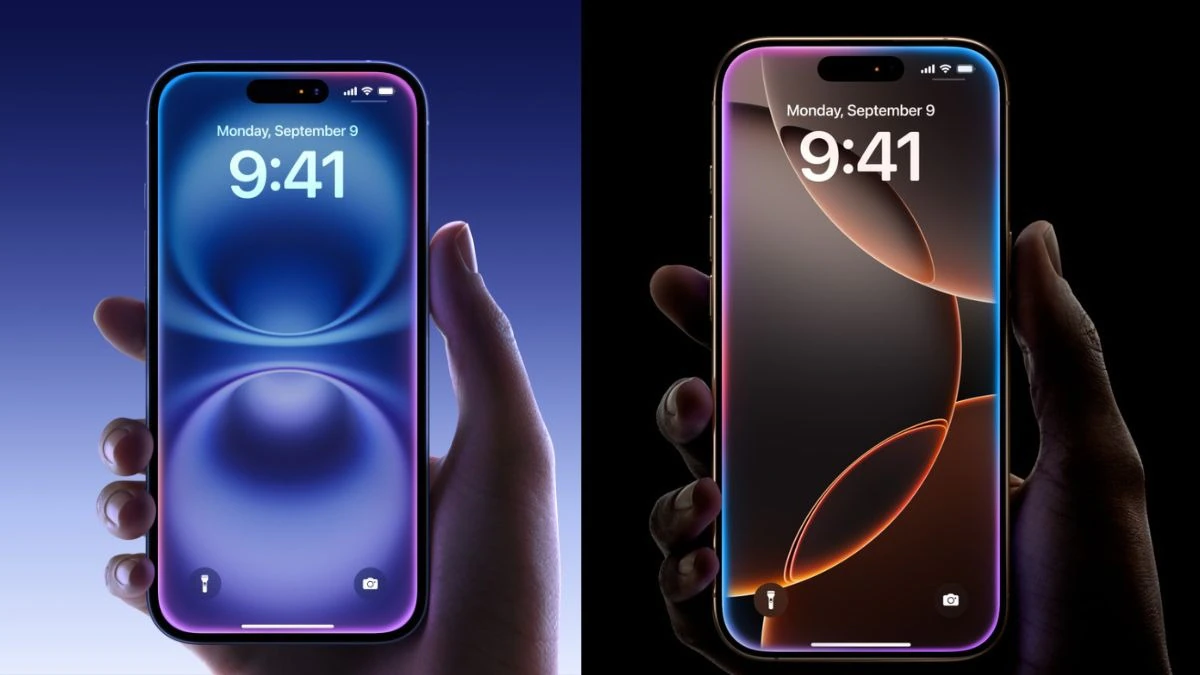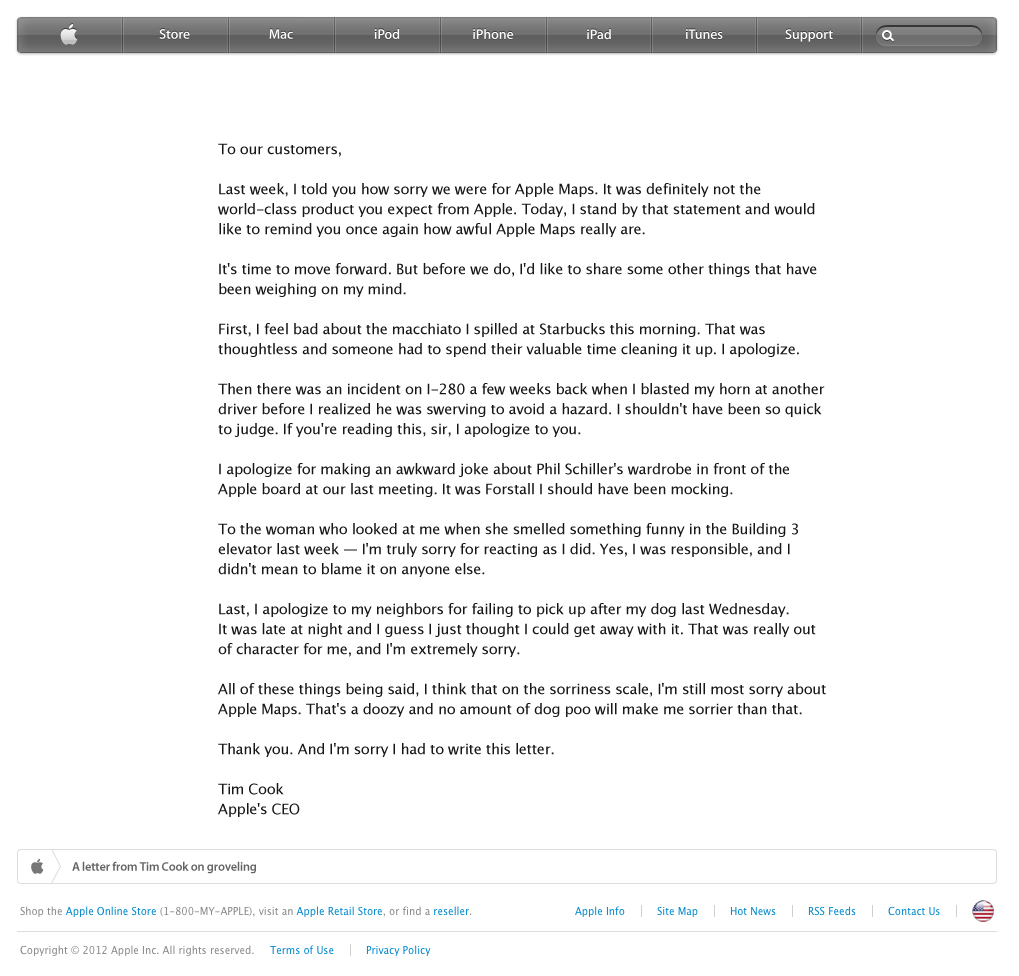Apple iOS: 20 Facts You Didn’t Know
- Apple’s App Store wasn’t part of the plan—find out how it changed everything.
- Ever wonder why Apple loves 9:41 AM? There’s a reason that’s pure Steve Jobs.
- The “i” in iOS means way more than “internet”—and Jobs explained it best.
Since its debut in 2007, Apple’s iOS has not only supported some of the world’s most iconic gadgets but has also reshaped the digital landscape with its influence. What started as a stripped-down operating system for a single device has blossomed into a sophisticated ecosystem, underpinning iPhones, iPads, and even Apple Watches. Each new release brings refinements, but the real charm of iOS lies in the lesser-known details, features, and quirks that have evolved over time. Here’s a curated list of 20 surprising facts about iOS that will give you a fresh appreciation for Apple’s most pervasive software.
1. iOS Started Without an App Store
Initially, Steve Jobs didn’t want third-party apps on iOS due to concerns about security and quality. It wasn’t until 2008 that Apple introduced the App Store, transforming iOS into the app-centric powerhouse we know today.
 Photo via CNBC // The original iPhone (2007) is missing one very important app—the App Store.
Photo via CNBC // The original iPhone (2007) is missing one very important app—the App Store.
2. The Hidden Meaning Behind “i”
The “i” prefix that appears in iOS, iPhone, and other Apple products has roots in the first iMac, released in 1998. Steve Jobs revealed that “i” stood for “internet, individual, inform, and inspire,” a subtle nod to Apple’s broader vision of empowerment through technology.
3. Apple’s Pioneering Push for Privacy
Privacy has always been central to iOS, from its early data encryption to today’s Face ID and App Tracking Transparency. Unlike many competitors, Apple consistently positions privacy as a core feature, giving users tools to manage and protect their data.
4. The Mysterious 9:41 AM
Apple’s keynote presentations always show iOS devices with a time of 9:41 AM. This Easter egg dates back to the original iPhone launch when Steve Jobs first introduced the device at that exact moment, forever marking 9:41 as a pivotal time in Apple history. Photo via Business Today // The iPhone 16 and 16 Pro series continues Apple's tradition of displaying the time always at 9:41AM.
Photo via Business Today // The iPhone 16 and 16 Pro series continues Apple's tradition of displaying the time always at 9:41AM.
5. iOS’s Foundation on Open Source
While largely proprietary, iOS incorporates elements of open-source code, particularly within its kernel. This decision allows Apple to benefit from community-driven innovations while keeping the most crucial parts of the OS under lock and key.
6. Multitasking Arrived Later Than Expected
iOS didn’t allow multitasking until 2010 with iOS 4. Before then, users had to close one app to open another, a feature designed to conserve battery life and maintain performance until Apple perfected seamless multitasking.
7. Siri Wasn’t Always Apple’s Own Creation
Siri originated as an independent app developed by SRI International and acquired by Apple in 2010. It became the first voice assistant embedded in a mobile OS and has since evolved into a cultural icon with a blend of wit and functionality.
8. Apple’s Unexpected Partnership with Samsung
Despite the fierce rivalry, Samsung was a key supplier for iPhone’s A-series chips in early models. Today, TSMC (Taiwan Semiconductor Manufacturing Company) supplies these chips, but the collaboration with Samsung shows how complex and interconnected the tech world truly is.
9. The App Store’s Unstoppable Growth
Apple’s App Store reached 1 billion downloads within just nine months of launch, marking an unprecedented success in the tech industry. Today, it’s home to over 2 million apps and has paid developers more than $200 billion, forever changing the mobile app economy.
10. Apple Maps: Born in Controversy, Now a Key Player
When Apple Maps launched in 2012, it was met with criticism for its inaccuracies. But with consistent improvements, including Flyover mode and privacy-centric design, Apple Maps is now a robust competitor to Google Maps. Photo via Apple.com // In 2012, the release of Apple Maps was so buggy that Apple CEO Tim Cook felt the need to pen a public apology on Apple's website.
Photo via Apple.com // In 2012, the release of Apple Maps was so buggy that Apple CEO Tim Cook felt the need to pen a public apology on Apple's website.
11. Iconic Blue and Green Text Bubbles
Introduced in 2011 with iMessage, the blue and green bubble colors indicate whether a message is an iMessage (blue) or a regular SMS (green). This subtle feature has become a hallmark of Apple’s design, often sparking debates on texting etiquette.
12. Jailbreaking: The Unofficial iOS Hack
iOS’s closed nature led to the “jailbreaking” movement, where users modified iOS to unlock customization and features. This underground community drove Apple to adopt user-requested features in future iOS updates, effectively merging some jailbreak functions into iOS itself. Photo via BGR // Jailbreaking has been popular with many iPhone users since the original iPhone was unveiled, due to the customization options it unlocks.
Photo via BGR // Jailbreaking has been popular with many iPhone users since the original iPhone was unveiled, due to the customization options it unlocks.
13. The Core of iOS is Called Darwin
The core of iOS, known as Darwin, is based on Unix and shared with macOS. This foundation enables smooth operation across Apple devices and contributes to iOS’s renowned stability and performance.
14. Apple’s Strict App Review Process
Apple’s rigorous app review process ensures that every app on the App Store meets strict security and quality guidelines. Although it’s often criticized for slowing down app releases, this approach has helped iOS maintain a reputation for security and reliability.
15. The Evolution of Home Screen Widgets
Widgets have been available on Android for years, but Apple took a different approach, introducing customizable widgets only with iOS 14 in 2020. The highly anticipated feature was embraced enthusiastically, allowing users to tailor their Home screens like never before.
16. Face ID and Secure Enclave
iOS’s Face ID isn’t just facial recognition—it’s powered by the Secure Enclave, a dedicated chip for storing encrypted facial data. This technology provides a new level of security and has become one of the most advanced biometric systems on the market. Photo via Apple // An image of Apple's Secure Enclave Processor.
Photo via Apple // An image of Apple's Secure Enclave Processor.
17. App Privacy Labels: A First in the Industry
In iOS 14, Apple introduced App Privacy Labels, requiring apps to disclose how they use data. This move pushed the industry toward greater transparency and has made users more aware of what data is being collected.
18. iOS’s Three-Axis Gyroscope
The three-axis gyroscope in iOS devices allows for precise tracking of movement in all directions. Combined with the accelerometer, this feature enabled innovations in gaming, fitness tracking, and augmented reality experiences.
19. Haptic Feedback with the Taptic Engine
Apple’s Taptic Engine, which first debuted in the iPhone 6S, provides subtle haptic feedback that feels more nuanced and lifelike than traditional vibrations. It enhances the iOS experience by offering tactile feedback in notifications, typing, and interactions.
20. iCloud: Seamless Integration Across Devices
Launched in 2011, iCloud has become a cornerstone of the iOS experience, synchronizing photos, documents, and more across Apple devices. It’s more than just cloud storage; it’s a lifeline that keeps everything in sync effortlessly.
The Lasting Impact of iOS
From humble beginnings to an ecosystem powering billions of devices, iOS is more than just a mobile operating system; it’s a platform that has redefined the tech industry. With each new version, Apple continues to push the boundaries of what mobile devices can do while maintaining a focus on privacy, security, and seamless user experience.
This approach has built a loyal user base that extends beyond just hardware. Whether through industry-first privacy features, unparalleled device integration, or the App Store’s revolutionary impact, iOS continues to surprise, delight, and redefine how we live with our devices. As Apple heads into the future, we can expect iOS to keep evolving, always staying a step ahead in its mission to blend functionality with simplicity.
Recommended by the editors:
Thank you for visiting Apple Scoop! As a dedicated independent news organization, we strive to deliver the latest updates and in-depth journalism on everything Apple. Have insights or thoughts to share? Drop a comment below—our team actively engages with and responds to our community. Return to the home page.Published to Apple Scoop on 29th October, 2024.
No password required
A confirmation request will be delivered to the email address you provide. Once confirmed, your comment will be published. It's as simple as two clicks.
Your email address will not be published publicly. Additionally, we will not send you marketing emails unless you opt-in.